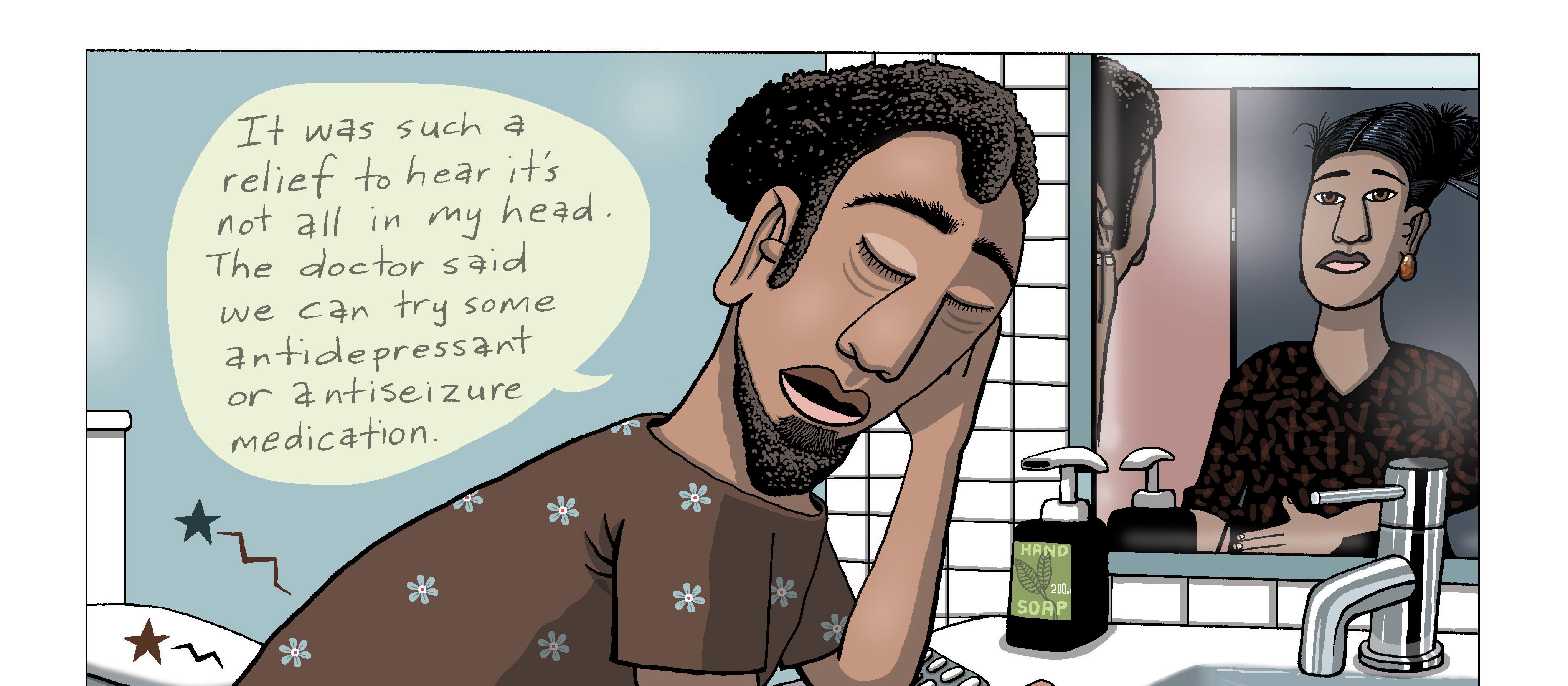For older people and frail people, the long-term benefit of medicines reduces and the potential for harm from adverse effects increases. When the benefit–risk balance changes in this way, medicine review and optimisation are important to simplify the therapeutic regimen, reduce inappropriate medicines and minimise risks. In this article, pharmacist prescriber Linda Bryant uses two case studies to illustrate important considerations during medicine reviews
Persistent pain

Persistent pain affects physical, mental, social and spiritual wellbeing, and is one of the most prevalent long-term conditions in New Zealand. In this article, Vanessa Brown discusses persistent pain, including its causes, symptoms and treatments. She also explores the concept of central sensitisation and its role in persistent pain
Kia ora and welcome to New Zealand Doctor Rata Aotearoa
Not a subscriber? Unlock this article by subscribing here.
1. Moore D, Davies P. The Problem of Chronic Pain and Scope for Improvements in Patient Outcomes. Sapere Research Group, October 2018.
2. Lewis GN, Upsdell A. Ethnic disparities in attendance at New Zealand's chronic pain services. N Z Med J 2018;131(1472):21–28.
3. Lewis G, Borotkanics R, Upsdell A. Inequity in outcomes from New Zealand chronic pain services. N Z Med J 2021;134(1533):11–20.
4. International Association for the Study of Pain. Terminology.
5. WHO. Guidelines for the Pharmacological and Radiotherapeutic Management of Cancer Pain in Adults and Adolescents. 2018.
6. Woolf CJ. What is this thing called pain? J Clin Invest 2010;120(11):3742–44.
7. Neblett, R. The central sensitization inventory: A user’s manual. J Appl Behav Res 2018;23:e12123.
8. Allan GM, Ramji J, Perry D, et al. Simplified guideline for prescribing medical cannabinoids in primary care. Can Fam Physician 2018;64(2):111–20.



